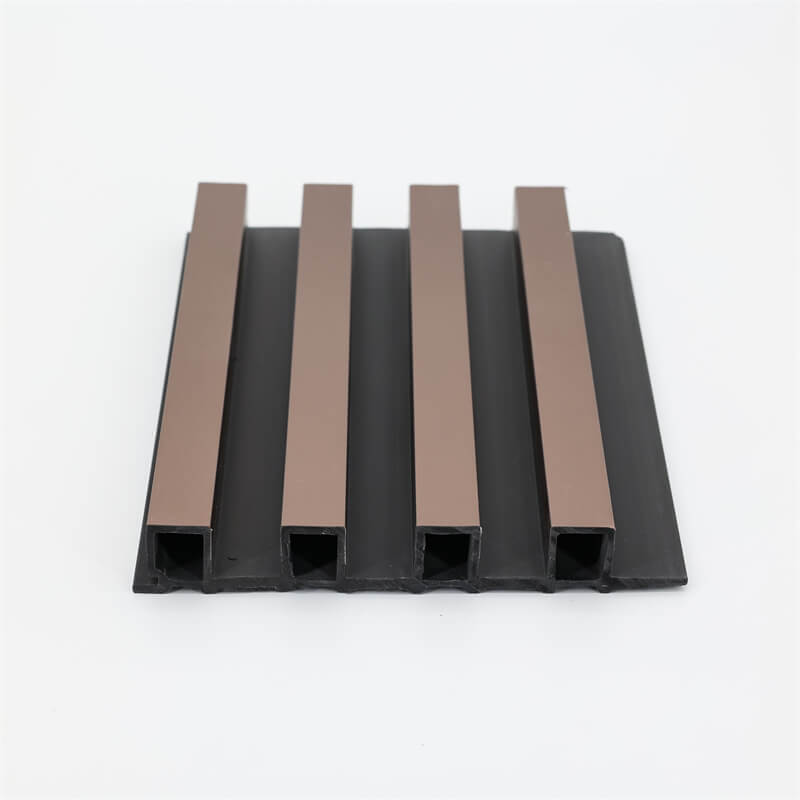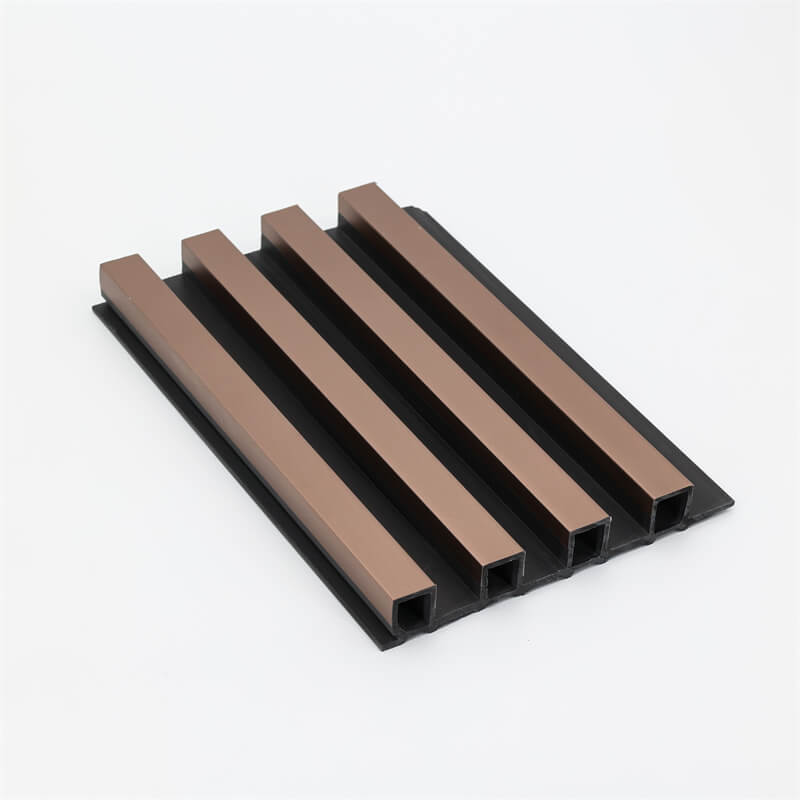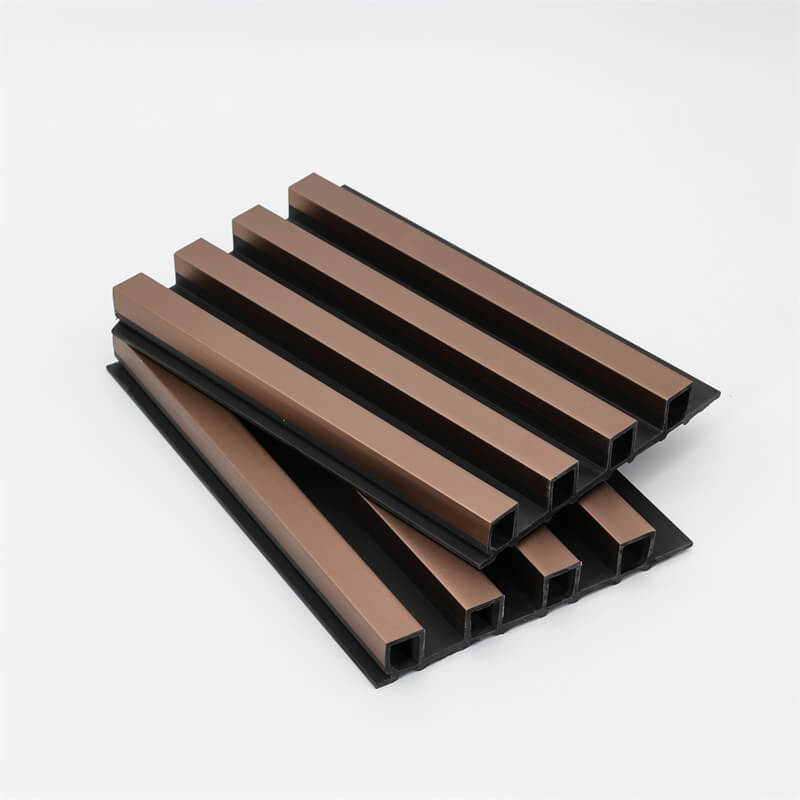
When it comes to wall cladding, homeowners and architects have a wide range of options to choose from.
Two popular choices are WPC (Wood-Plastic Composite) wall panels and traditional wall cladding materials.
While both options have their merits, understanding the pros and cons of each can help make an informed decision.
In this article, we will compare WPC wall panels and traditional wall cladding, exploring their advantages and disadvantages.
WPC Wall Panels: An Overview
Wood-Plastic Composite (WPC) wall panels are made from a combination of wood fibers and recycled plastic materials.
This composite material offers several benefits over traditional wall cladding options. Let’s delve into the pros and cons of WPC wall panels:
Pros of WPC Wall Panels:
Durability: WPC wall panels are highly durable and resistant to rot, decay, and termite infestations.
They can withstand harsh weather conditions, making them an excellent choice for both interior and exterior applications.
Low Maintenance: Unlike traditional wall cladding materials, WPC panels require minimal maintenance.
They do not require regular painting, sealing, or staining, saving homeowners time and money in the long run.
A simple wipe-down with a mild detergent is usually sufficient to keep them looking their best.
Versatility: WPC wall panels offer a wide range of design possibilities.
They are available in various colors, textures, and patterns, allowing homeowners to achieve the desired aesthetic for their space.
The panels can be easily cut and shaped, making them adaptable to different architectural styles and designs.
Environmental Friendliness: WPC wall panels are an eco-friendly alternative to traditional wood cladding.
By utilizing recycled materials and reducing the demand for virgin wood, WPC panels contribute to sustainable construction practices.
Additionally, their long lifespan and low maintenance requirements help minimize environmental impact.
Cons of WPC Wall Panels:
Cost: WPC wall panels can be more expensive upfront compared to some traditional wall cladding materials.
However, considering their durability and low maintenance requirements, the initial investment can often be justified in the long term.
Susceptibility to Fading: While WPC wall panels are designed to resist fading, prolonged exposure to intense sunlight can cause some degree of color fading over time.
This issue can be mitigated by choosing panels with UV-resistant coatings or opting for darker shades that are less prone to fading.

Traditional Wall Cladding: An Overview
Traditional wall cladding materials include options such as brick, stone, wood, and stucco.
These materials have been used for centuries and offer their own set of advantages and disadvantages.
Let’s explore the pros and cons of traditional wall cladding:
Pros of Traditional Wall Cladding:
Aesthetics and Authenticity: Traditional wall cladding materials often exude a sense of timeless beauty and authenticity.
Brick and stone, for example, can lend a rustic charm to a space, while wood cladding provides a warm and natural look.
Traditional materials can create a unique ambiance and add value to a property.
Fire Resistance: Some traditional cladding materials, such as brick and stone, offer excellent fire resistance properties.
This can provide homeowners with peace of mind, particularly in areas prone to wildfires or with strict fire safety regulations.
Thermal Insulation: Depending on the material used, traditional wall cladding can provide good thermal insulation.
Brick and stone, for instance, have excellent thermal mass properties, helping to regulate indoor temperatures and reduce energy consumption.
Longevity: Properly maintained, traditional wall cladding materials can last for decades or even centuries.
Stone and brick, in particular, are known for their durability and ability to withstand the test of time, making them a reliable choice for long-term cladding solutions.
Cons of Traditional Wall Cladding:
High Maintenance: Traditional wall cladding materials often require regular maintenance to keep them in good condition.
Wood cladding, for example, needs periodic sealing or staining to protect it from moisture and prevent decay.
Stone and brick may require occasional cleaning and repointing to maintain their appearance.
Limited Design Options: Unlike WPC wall panels, traditional wall cladding materials offer limited design options.
While they have their own unique aesthetic appeal, homeowners may find it challenging to achieve specific design concepts or adapt to modern architectural styles.
Installation Challenges: Traditional wall cladding materials can be heavy and require professional installation.
Brick, stone, and stucco installations can be time-consuming and costly, involving skilled labor and specialized tools.
This can add to the overall project cost and timeline.
Environmental Impact: The use of traditional wall cladding materials may contribute to deforestation (in the case of wood) or involve energy-intensive manufacturing processes (such as brick production).
It’s essential to consider the sustainability aspects of these materials and opt for responsibly sourced options whenever possible.

Conclusion: Making the Right Choice
When it comes to selecting between WPC wall panels and traditional wall cladding materials, it ultimately depends on individual preferences, project requirements, and budget considerations.
Here are a few key takeaways to help in the decision-making process:
WPC wall panels offer durability, low maintenance, versatility, and environmental benefits.
They are an excellent choice for those seeking a modern and sustainable cladding solution.
Traditional wall cladding materials, such as brick, stone, and wood, provide a timeless aesthetic appeal and may be preferred for their authenticity.
They offer unique design options and can add value to a property.
Consider factors like cost, maintenance requirements, design flexibility, and environmental impact when comparing the two options.
It’s worth consulting with professionals, such as architects or contractors, who can provide guidance based on your specific project requirements.
In the end, both WPC wall panels and traditional wall cladding materials have their pros and cons.
By evaluating these factors and considering your preferences and project goals, you can make an informed decision that suits your needs and helps create a beautiful and functional space.
